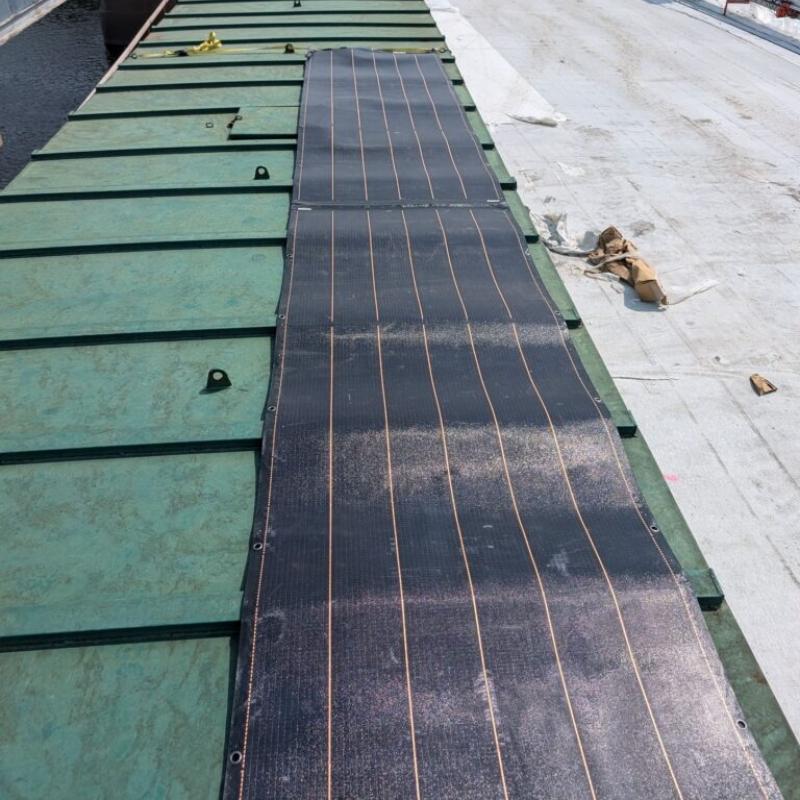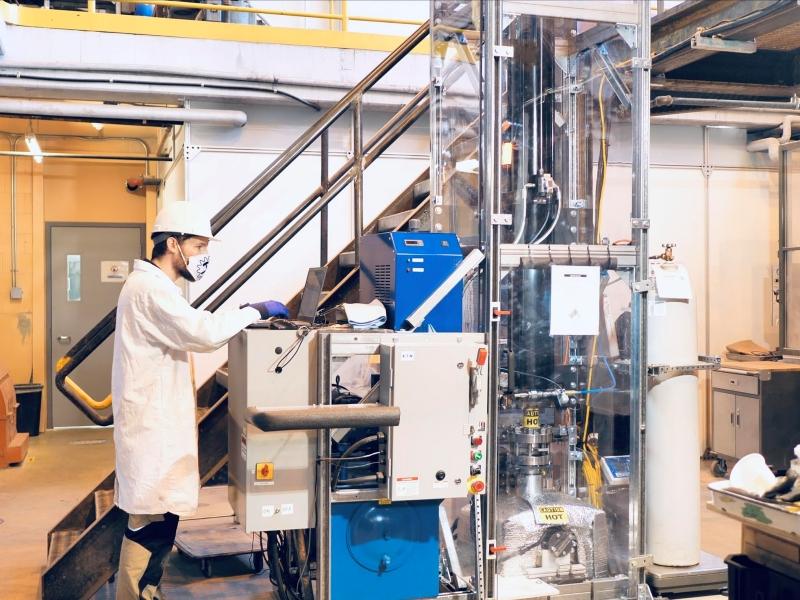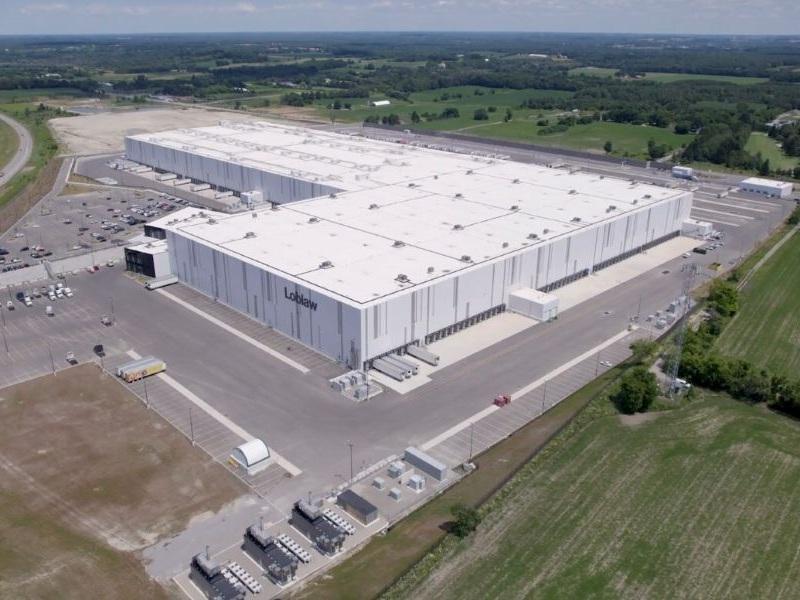
On remote work sites, firms often have to rely on diesel or other fossil fuel-powered generators to get the job done. But a portable power system company has come up with what it calls a revolutionary new technology: the Solar Tarp.
“We really wanted to keep the same kind of look and feel as a tarp and the main reason for it is people understand how to use tarps. They know how to roll them up, they know how to strap them down,” Francois Byrne, CEO and founder of Etobicoke, Ont.-based Hybrid Power Solutions, told Sustainable Biz Canada in an interview.
The company recently introduced its new product — with customer delivery set for Q1 2026 — as a 10x4-foot solar panel it hopes will dramatically reduce set-up time as well as lower energy costs.
“One of the biggest issues with solar today is, especially in spaces where it’s temp power, it really comes down to the fact that solar is extremely expensive and time-consuming to set up. Frames and wrapping systems are just not built to be temporary in nature,” Byrne said.
Weighing around 18 kilograms, the units can be laced together and “you can create if you wanted to 20, 30 or 40 KVA or kilowatt solar power,” but its other potential benefit lies in its quick setup, he said.
“Something that size could take you three to eight hours, depending on the crew size you have, which is unheard of in the industry, and then the whole thing would be rolled up and brought somewhere else.”
'The capability of anywhere in the world'
The main industries Hybrid is initially targeting are construction, surveillance and military but the Solar Tarp could also potentially be used by consumers.
“The capability of anywhere in the world, unrolling this thing, staking it to the ground, and plugging it into a solar generator: it’s so easy to do, and with the amount of power that you get out of these four by 10-foot panels, which is between 400 and 500 watts, you have the capability of actually generating a good amount of power,” Byrne said.
"It uses standard MC4, the standard solar connectors that you find on solar panels," he added
While the company wouldn’t reveal its pricing structure, it is aiming to offer flexibility to customers.
“We are trying to keep it quite aggressive . . . There is going to be definitely a rental option as well,” Byrne said.
Successful field test

In order to prove its viability in the field, Hybrid took the tarps to a construction site near St. Louis, Miss. where a bridge was being built over the Mississippi River.
“They were utilizing a 220 KVA diesel generator, an absolutely massive generator, and it turned out it was only running a water pump,” he said.
Hybrid deployed an earlier prototype 20-by-four-foot panel for the test and ran it for three months during the build. “What they found is that they could run the entire pump basically indefinitely off this one solar panel, other than one recharge a week.”
This resulted in significant cost savings for the construction firm, according to Byrne.
“Obviously this is an extreme situation, with a highly oversized generator for that application but for them, they would have been saving $3,000 to $5,000 (US) a week.”
While this field test was successful in demonstrating to Hybrid that it could work outside for an extended period, the ease in setup was also on full display.
“It proved that it could be set up by a salesperson — who is completely inexperienced in solar — in a matter of 15 minutes with three-tie down straps,” Byrne said.
Other applications, more regions
But the technology can also be hooked up into a solar array for even more power, which could also be used for the events industry.
“That’s a massive billion-dollar industry, both in Canada and the U.S. It’s absolutely huge and right now, there is just not a good solar solution out there . . . when it’s all said and done, they really don’t pay for themselves,” he said.
While the Solar Tarp technology is designed to be installed onto such areas as site office roofs or sea containers, Hybrid is also hoping to offer ways for it to be deployed in less forgiving areas of the world.
“The other thing too is, having a ground-mount system that’s a little bit more involved, would be better suited for climates where you do get snow; where you want to elevate these things, and you have the ground space, so providing different mounting options is going to be really important.”










